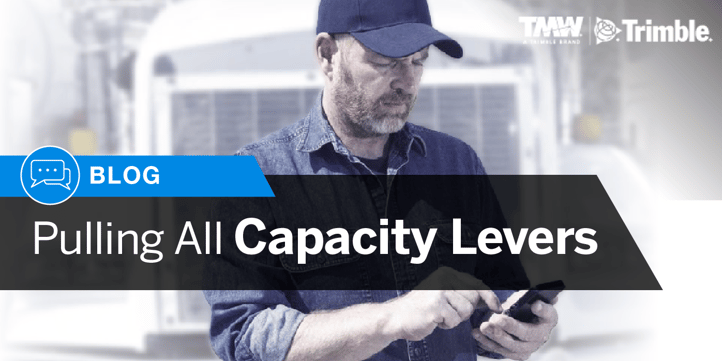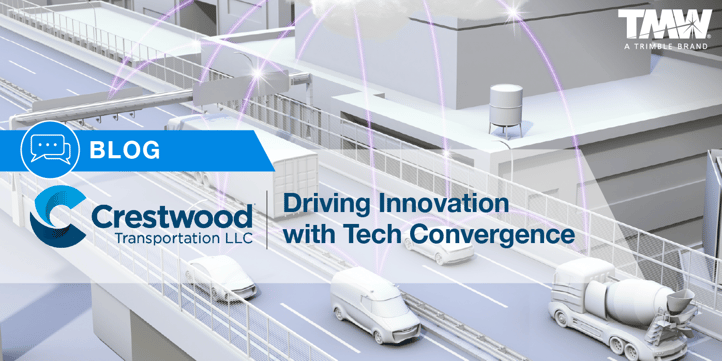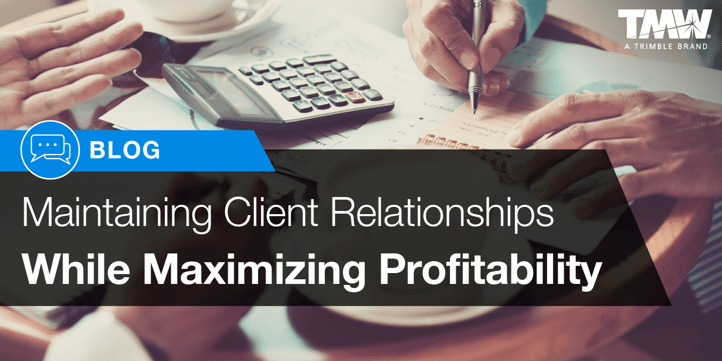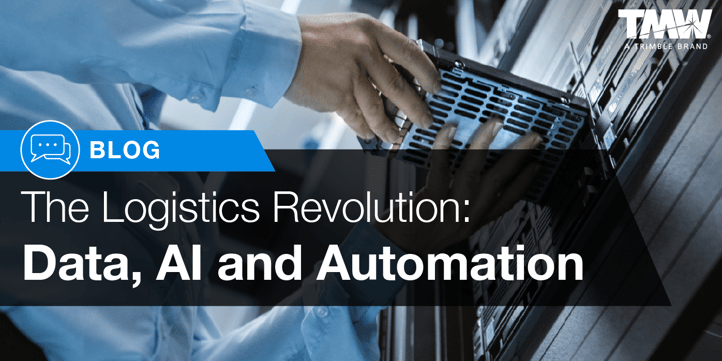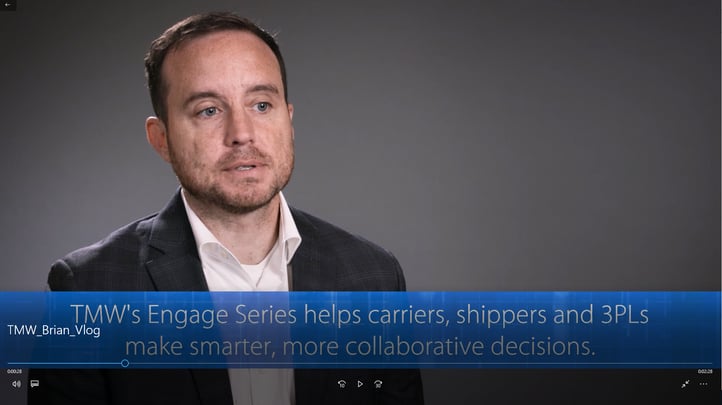It’s not always business as usual when it comes to embracing data and using business intelligence to drive company operations. For fleets and 3PLs, adopting tools that seem far removed the road might seem counter intuitive to business practices that have worked for decades. But if you haven’t been questioning the effectiveness of those practices in the current business climate you’re getting left in the dust by competitors who are leveraging technology to maximize the most important, and least visible, elements of success: saving time and improving efficiencies.
The pressure on truck capacity is coming from all angles.
A shortage of qualified drivers could be the most serious concern. The American Trucking Associations estimates the industry will need 890,000 new drivers over the next decade – an average of 89,000 per year – to replace those who will be retiring and to keep pace with freight growth.
Topics: Business Intelligence, Routing Software
Like the petroleum industry, fleet management systems have upstream, midstream and downstream components working to transform crude data into information that fuels business.
Topics: Business Intelligence, Cloud Based Trucking Software, Fleet Management Technology
The Secret to Maintaining Client Relationships While Maximizing Profitability
Customer relationships can make or break your business. They can help you maintain a steady income, connect you with possible other customers, or they can leave your business in the dust and look for a new provider.
Topics: Business Intelligence
Leveraging data to boost process efficiencies of supply-chain logistics or to shorten delivery times—or both—is becoming more difficult with every terabyte of data shippers and receivers store.
Topics: Business Intelligence, Logistics Software, Supply Chain, Big Data
How can you make your company stand out from the crowd? This is a question that many business leaders have asked themselves for years.
Topics: Business Intelligence
Suppose your vehicle is not operating at peak performance. Naturally, you would start looking under the hood, but due to the complexity of modern engines the cause will not likely be visible.
Topics: Business Intelligence, Transportation Management Software
Online purchasing, which increased 45% between 2015 and 2016, has risen another 14%, leading to estimates of a mighty $459 billion in sales by year’s end, according to a recent report from industry trend tracker retailtouchpoints.comThis upward trajectory of online sales resulting from the omni-channel and e-commerce shopping experiences has placed third-party logistics (3PLs) providers and shipping agents in a favorable position: with supply chain participants reconsidering their respective freight-movement strategies, transferring to smaller vehicles, modified routing, or streamlined loads, 3PLs are becoming increasingly valuable in helping shippers determine the best transport methods.
Topics: Business Intelligence, 3PL Software
Video transcription below:
Jennie Ford: What would you say are the biggest challenges fleets face when bidding on freight today?
Brian Larwig: It's a myriad of challenges, the biggest starting with availability of data and history of data they have. So you don't wanna be making these decisions and moving forward with pricing for your business in a vacuum.
Jennie Ford: How does Engage help a carrier standardize their processes and allow for more collaboration?
Brian Larwig: It allows for training, improvements, best practices across organizations. Just, all the benefits you'd expect to come along with standardization. And in the end, your output's gonna be standardized, which is really the most important part.
Jennie Ford: How can a smaller carrier level the playing field when they are at such a data disadvantage?
Brian Larwig: So the way you do that, consolidate, collapse data from not only yourself but what the market and what companies like you have been doing as well. So things like the market rate index, that pull in historically, currently, whatever time frame you want, how a particular lane, region, however you wanna define your area, is being priced, has been priced and would be expected to be priced moving forward. When you put a lot more historical data together, easy to reference, easy to use as your own guidepost for pricing, easy to get to, easy to slice and dice in whatever format you want, you come out of it with an advantage, or a more level playing field.
Jennie Ford: How can Engage ensure that a carrier is pricing with confidence and ensuring that they get every penny they can?
Brian Larwig: Working on your own, you may have... Your number one guidepost is just your experience, nothing can really replace that. That's your goal. That's what you own. That's what you hold on to. However, the more you can augment that with other guideposts, such as how that lane has behaved, or how you've treated that lane historically as an organization; have you been on it before, have you worked with that shipper before; if so, how was that treated; how was it handled, what decisions did you make before, what worked, what didn't. And in addition, what the market as a whole has done with that geography, that lane, whatever way you wanna break it down, being another guidepost that helps you along the way to make these better pricing decisions and ensure you're not leaving pennies on the table.
Jennie Ford: Lastly, where can our viewers get more information on the Engage series?
Brian Larwig: The best place to reach those would be to contact us for a demo or watch our recent webinar, Bidding with Confidence and Conviction.
Topics: Freight Bidding Software, Business Intelligence, Transportation Technology News Vlog


